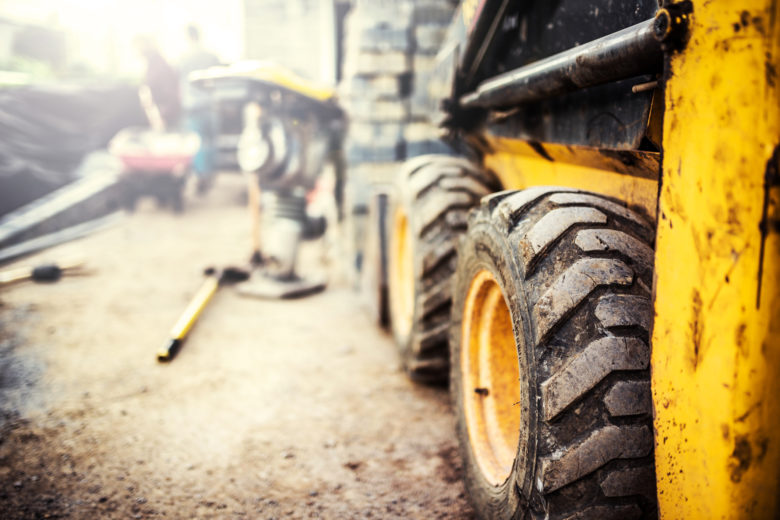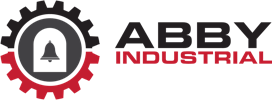
Industrial sites are, by their nature, non-public and specialist workplaces. They’re often overlooked for rigorous cleanliness regarding infectious diseases.
Industry follows standard workplace regulations but they’re lightly enforced by code officials and inspectors, who rightly focus on safety. However, with COVID-19, employees and contractors are voicing their concerns and asking for action to protect them.
As the U.S. recovers from the virus and public health becomes an elevated concern in the workplace, companies will have to rethink their current and future practices to lower job site exposure to infectious diseases. But what are companies looking at now?
Beefing up the cleanliness of temporary facilities and work sites
If you have a cleaning contractor, double down on their daily cleaning. Extra hours may be needed to clean and disinfect target areas and expand to spaces they might not have regularly addressed.
Get enough cleaning supplies in the hands of your regular workforce. Spaces without cleaning staff need daily cleaning by the people that work there. Clean daily at shift starts and disinfect areas before meals or discussion.
At shift start, have a crew-wide cleaning of trailers, doors, tool boxes, and common access areas.
Ensure all porta-john and other temporary facilities have sanitizer dispensers and/or disinfectant wipes available and that you have plenty of PPE (personal protection equipment) items on hand.
Clean meeting and meal areas before and after use. Ensure everyone knows to wash their hands and to sanitize areas before going back to work.
Ask each employee at your shift start meeting how each one is feeling. Do they know of anyone they might have contacted with illness? Openly asking everyone might help all crew members feel at ease about working together and emphasize current wellness is key to your teams.
Last but not least, liberal sick leave pay policies will help keep those feeling ill from forcing themselves to the job site.
Receiving, maintenance, and parts
Industrial facilities rely on regular shipments like everyone else. Consumables, replacement parts, and repair contractors cycle in and out each week. Social distancing and sanitation count here, too.
Distance workers and crews by keeping site visitors to a minimum. Keep delivery drivers on their own and have them drop paperwork in a box.
Analyze how do you receive packages and shipments. Limit contact and exchanges with warehousemen and delivery workers.
Discuss with your team what is practical. Can docks get swabbed with a disinfecting solution at the start of each shift? Should parcels and pallets be left unattended for a short duration or disinfected? Workers will figure out the solution if you support them.
Don’t forget your sub-contractors
Your indirect employed workforce needs attention as well. Security contractors are often ignored. Many guard shacks are unimproved, unmaintained, and in need of better airflow and heat – as well as regular cleaning and sanitizing. Security workers will need PPE and some flexibility to reduce worry about contamination.
Many sub-contract workers don’t have regular locker facilities or break rooms. Be sure they have places to store essentials, take breaks, and have tools to practice prevention using the same methods as your direct workforce.
Provide access for your commercial cleaning crew to all regularly occupied spaces, including ‘temporary’ ones. Don’t let security zones, PPE requirements, or distance prevent regular cleaning. Find a way.
Quarantining healthy workers
If you’re the owner or operator of a 24/7 vital industrial facility, such as electricity suppliers, petroleum and fuels, water and wastewater, gas, steam generators, communications infrastructure, etc., you’ll need to consider how you’ll quarantine healthy workers on the job site.
To keep your plant running for one to two weeks at a time, you may need a healthy operating team to sleep onsite to limit their exposure to infection.
Long term implications
COVID-19 isn’t the only infectious disease company owners need to consider. The common flu can also wreak havoc with your construction schedule.
A New Hampshire district, for example, shut down a school for a half-day in 2019 to clean the entire building because HALF of the student and staff population were out sick with flu.
Planning will require us to think about infectious disease, quarantine, and distancing as a normal course of dealing with outbreaks. What future facilities will be needed to help house and feed essential employees for the next emergency?
Over the long-term, facilities will need upgrading. New features to consider:
- Central areas for locker, meals, meetings to consolidate cleaning and control.
- Temporary living quarters for mission-essential facilities.
- Well-stocked supply rooms and rotating supplies routines.
- The ability to shift normally occupied areas to no or low contact entries, transaction points, and secure zone.
- Permanent antimicrobial surfaces where they make sense.
- Regularly refreshing often ignored occupied spaces, such as security booths and temporary facilities, will need to be included in capital spending or maintenance budgets.
And let’s not forget, microbes are our friends, too. We can’t build a germ-free world, nor would we want to. However, we can think of ways to easily step up our sanitation and social contact game when the situation calls for it.
Filed under: Industry News
